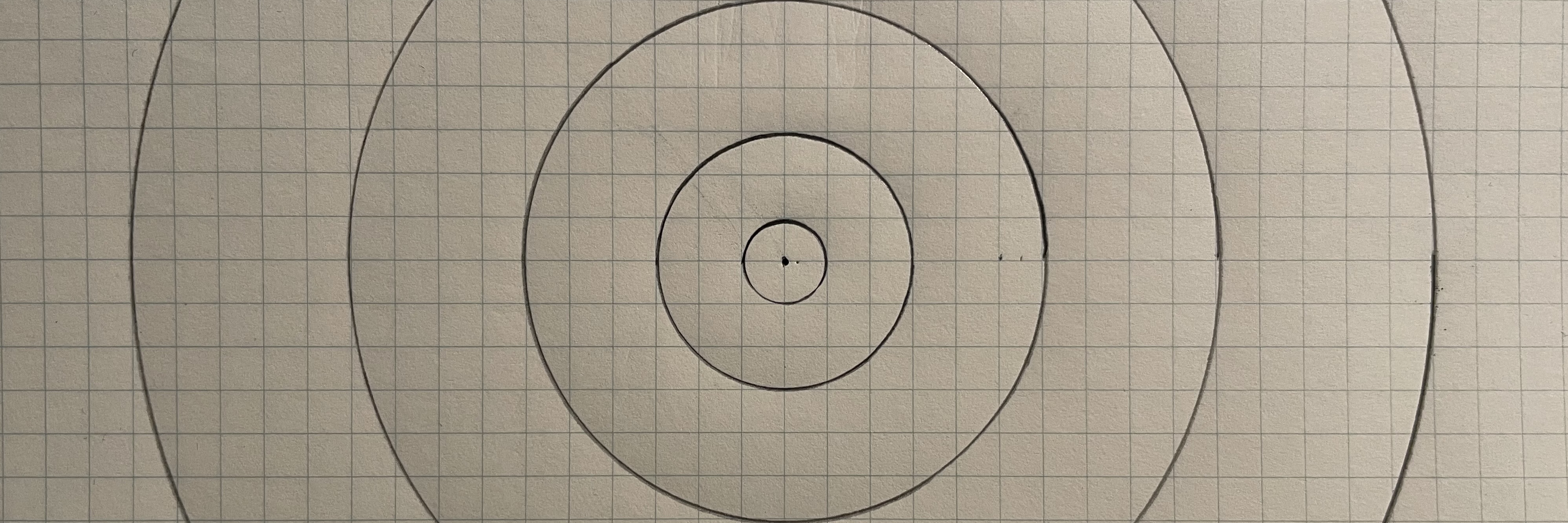Writing with the Speech-to-Song Illusion
Music researcher Diana Deutsch discovered a surprising illusion when listening to a snippet of speech over and over. Let's see how we can take advantage of this illusion to discover new melodies.
Musical Centering for Writing Melodies
Whether you're new to writing melodies or looking for new approaches, musical centering is a relatively simple exercise worth trying.
Getting Started Writing Chord Progressions
Let's look at some relatively simple techniques for writing a chord progression. These techniques alone can generate countless songs.
Borrow Chords and Expand Your Songwriting
Are your chord progressions sounding stale or repetitive? Are you looking for new sounds? Borrowing chords is a great way to expand your options.
3 Ways to Write a Chorus
There are many ways to write a chorus, but we'll look at 3 great ways to get started.
How to Write a Verse in a Song
The verse is the narrative backbone of your song. Let's explore some great ways to write verses!
How to Practice Writing Songs
Practice is the best way to write better songs. But the wrong kind of practice can create bad habits. Let's explore how to practice effectively.
VI7 (V of ii) – A Chord Cycle
Just as the V pulls toward the I, and the ii pulls toward the V, so does the VI7 pull toward the ii. Let's look at how to created an extended tunnel from these chords.
II7 (V of V) – Portal to Another World
We've seen how to establish a sense of home. Today we’re going to enter a portal to another world: the world of chords outside the home key.
Secondary Dominants: Introducing the Seventh Chord
In this series, we'll look at a variety of secondary dominants and provide exercises you can use to integrate them into your songs. Let's start by considering the magnetic power of seventh chords.
Light and Shadow Part 3: Reversing the Polarity of a Chord Progression
In the third installment of the Light and Shadow mini-series, we look at a strange technique that is sure to bring about surprising results.
Light and Shadow Part 2: Creating Depth through Contrast
In the second installment of the Light and Shadow mini-series, we’re going to go deeper into the idea of writing separate light and shadow parts.
Experimental Techniques: Fun with Polymeter
Why choose between writing a song in 4/4 or 3/4 when you can do both at once? Let's experiment with polymeter!
Light and Shadow Part 1: Verse and Chorus
The interplay of light and shadow will help us create interest and surprise in our songs. Today we’ll look at one of the simplest ways to create contrast.
Practical Chord Progressions: iii (The Mediant or “Moody Chord”)
Let's explore the power of the iii chord to shift the mood of our song. We’ll use this as an opportunity to explore the idea of musical questions and answers.
Practical Chord Progressions: ii (The Supertonic or “Magnetic Tunnel Chord”)
We're going to add another to our arsenal of shadow chords, the ii, and look at how it can be used to create a kind of magnetic tunnel back home.
Experimental Techniques: Composition by Subtraction
Composition by subtraction is an idea explored by Brian Eno: sculpt your song out of a mass of tracks, eliminating one track at a time.
Practical Chord Progressions: vi (The Relative Minor or “Shadowy Twin”)
In today’s exercise, we’re going to get courageous and explore a whole new environment: the shadowy, mysterious world of the vi (or relative minor) chord.
Practical Chord Progressions: IV (The Subdominant or “Neighborhood Chord”)
We can think of the I, IV, and V together as our immediate neighborhood. But changing to IV can feel like starting out on a longer journey.
Practical Chord Progressions: V (The Dominant or “Magnet Chord”)
The most common way to return home musically is to use chords that pull toward the I. And the chord with the strongest magnetic pull home is the V (or dominant) chord.
Experimental Techniques: Invisible Layering
Let's look at a technique for discovering rhythmic and melodic counterpoint that you might never have written otherwise: invisible layering.
Practical Chord Progressions: I (The Tonic or “Home Chord”)
We’re going to start with the simplest possible chord progression possible: a single repeating chord. This will clearly establish a harmonic home.





